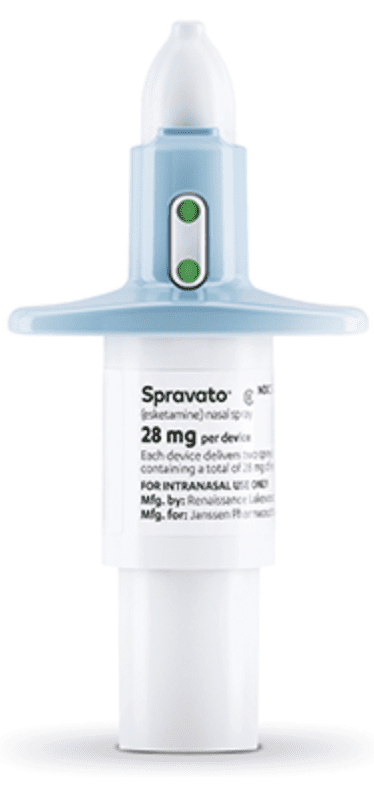Esketamine and Alcohol/Food Interactions
There are 2 alcohol/food/lifestyle interactions with esketamine.
Esketamine Food/Lifestyle
Moderate Food Interaction
Using esketamine together with alcohol may increase side effects such as drowsiness, confusion, difficulty concentrating, and impairment in thinking, judgment, reaction speed, and motor coordination. You should avoid or limit the use of alcohol while being treated with esketamine. Nausea and vomiting may occur following the nasal application of esketamine. To help prevent nausea and vomiting, you should avoid eating for at least 2 hours before using esketamine and avoid drinking liquids for at least 30 minutes before using esketamine.
Switch to professional interaction data
Esketamine High Blood Pressure (Hypertension)
Major Potential Hazard, Moderate plausibility
esketamine - high blood pressure
Esketamine causes an increase in systolic and/or diastolic blood pressure at all recommended doses. The increase peaks approximately 40 minutes after administration of esketamine, and lasts for about 4 hours. Blood pressure should be monitored prior and after administration. If baseline blood pressure is elevated before administering (e.g., >140 mmHg systolic, >90 mmHg diastolic), consider the risks of short term increases in blood pressure and benefit of treatment in patients with treatment- resistant depression (TRD). Do not administer esketamine if an increase in blood pressure or intracranial pressure poses a serious risk. Esketamine is contraindicated in patients with aneurysmal vascular disease (including thoracic and abdominal aorta, intracranial, and peripheral arterial vessels), arteriovenous malformations, or a history of intracerebral hemorrhage.
Switch to professional interaction data
Esketamine drug interactions
There are 296 drug interactions with esketamine.
Esketamine disease interactions
There are 4 disease interactions with esketamine which include:
More about esketamine
- esketamine consumer information
- Check interactions
- Compare alternatives
- Reviews (138)
- Side effects
- Dosage information
- During pregnancy
- Drug class: miscellaneous antidepressants
- Breastfeeding
- En español
Related treatment guides
Drug Interaction Classification
| Highly clinically significant. Avoid combinations; the risk of the interaction outweighs the benefit. | |
| Moderately clinically significant. Usually avoid combinations; use it only under special circumstances. | |
| Minimally clinically significant. Minimize risk; assess risk and consider an alternative drug, take steps to circumvent the interaction risk and/or institute a monitoring plan. | |
| No interaction information available. |
See also:
Further information
Always consult your healthcare provider to ensure the information displayed on this page applies to your personal circumstances.


